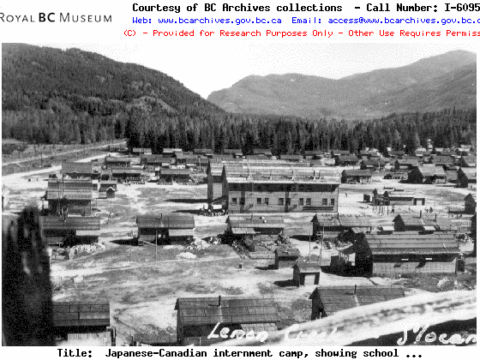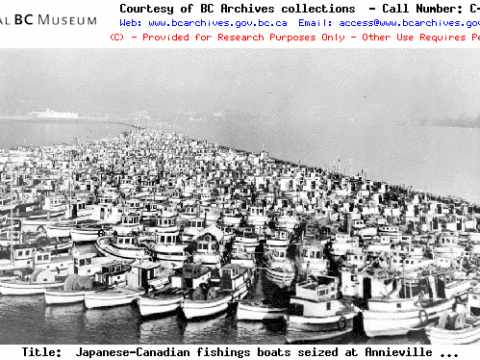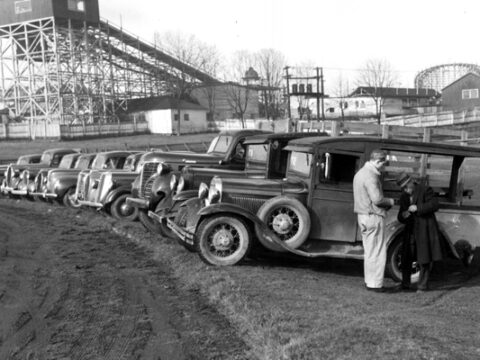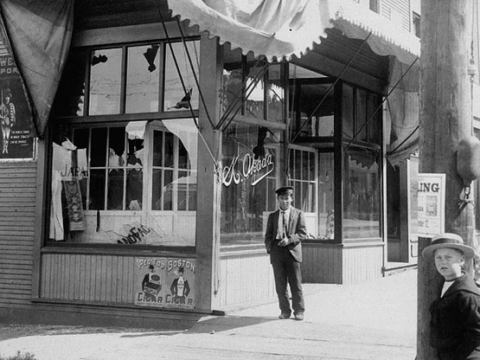Enemies within?: Japanese-Canadian Internment 1941-1949
by Lindsay EppFrom the attack on Pearl Harbor in 1941 until years after the war had ended, Japanese-Canadians were forced from their homes and into internment camps, most of these in British Columbia.

1In 1 playlists
By Lindsay Epp
CRRF document outlining the Japanese-Canadian experience from 1897 to the Mulroney government's redress in 1988.

1In 1 playlists
By Lindsay Epp

1In 1 playlists
By Lindsay Epp
Roy Miki, prominent Canadian poet and scholar (currently a professor emeritus at Simon Fraser University) describes the long process of redress in "By Turns Poetic".
From Cultivating Canada: Reconciliation Through the Lens of Cultural Diversity. Edited by Ashok Mathur, Jonathan Dewar, and Mike DeGagne. Ottawa: Aboriginal Healing Foundation, 2011.
From Cultivating Canada: Reconciliation Through the Lens of Cultural Diversity. Edited by Ashok Mathur, Jonathan Dewar, and Mike DeGagne. Ottawa: Aboriginal Healing Foundation, 2011.

1In 1 playlists
By Lindsay Epp
Fishing boats seized at Annieville dike on the Fraser River, 1942

1In 1 playlists
By Lindsay Epp
Japanese-Canadian business owners were forced to surrender their businesses and properties to the Canadian Government. Here Yamato Silks tries to clear out inventory with a sale advertisement (Vancouver Sun)

1In 1 playlists
By Lindsay Epp
A Japanese-Canadian man is forced to hand the keys of his car over to an official.

1In 1 playlists
By Lindsay Epp
This image depicts damage done to a storefront in Japantown during the 1907 Anti-Asiant Riots in Vancouver. These riots help to illustrate that racial injustice was nothing new to Japanese-Canadians at the time of internment. (Historica Canada Library and Archives)

1In 1 playlists
By Lindsay Epp
